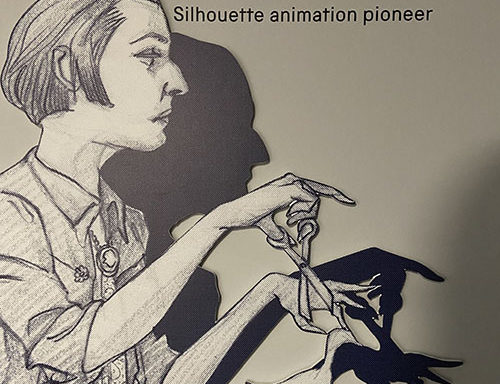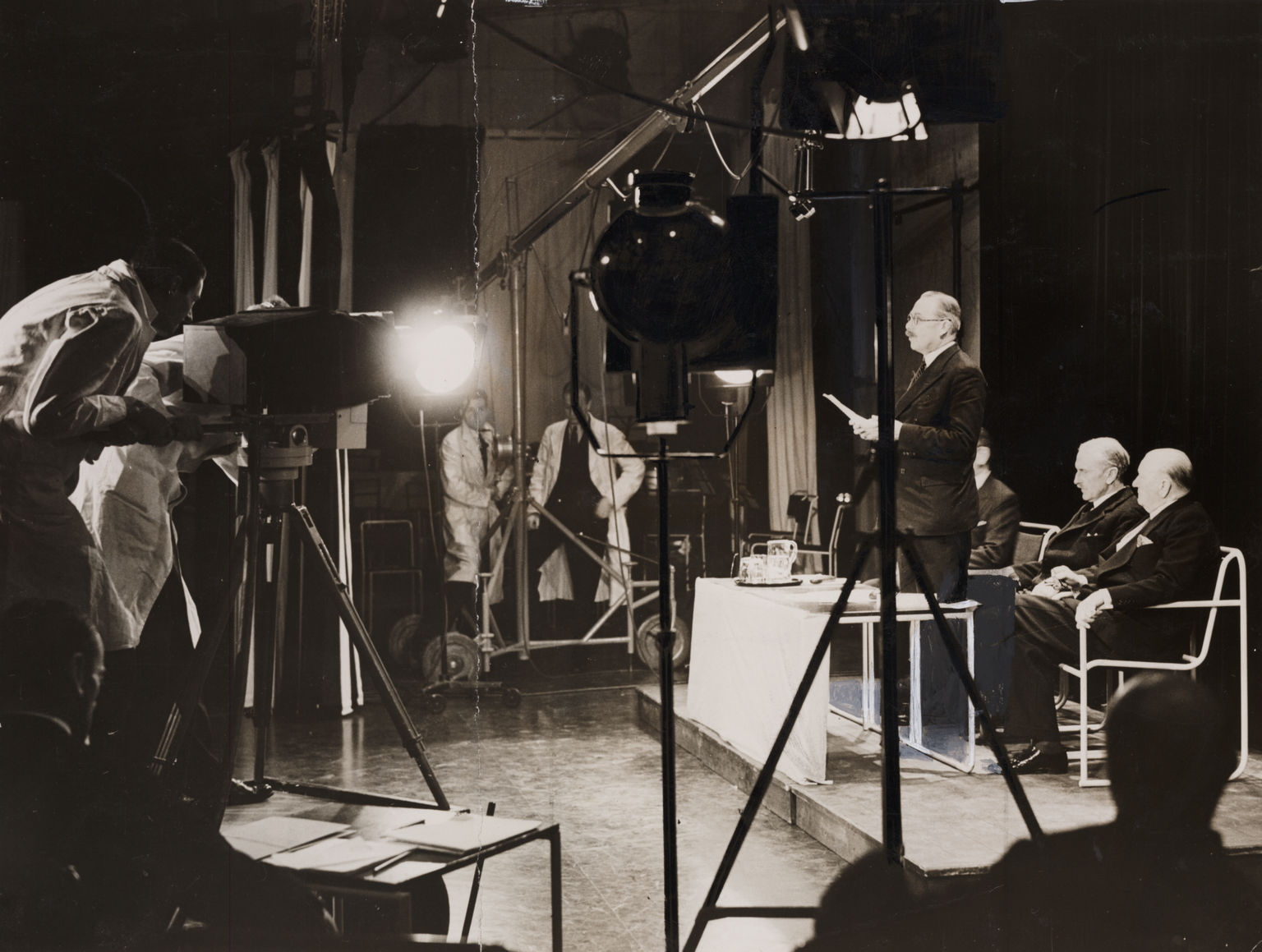
A new display pays tribute to some pioneering figures from the early days of cinema. Find out more about these film-makers and discover how the display came to life.

A new display pays tribute to some pioneering figures from the early days of cinema. Find out more about these film-makers and discover how the display came to life.

We’re all familiar with the idea of film directors making cameos in their work. But this practice began earlier than you might think—with some of the very first pioneers of cinema.

The extension of our exhibition about Robert Paul allowed us to investigate an interesting object rediscovered in the museum’s collection.

You might not realise it, but early British cinema and magic are very closely linked. Magicians used the new moving pictures as part of their shows; film-makers used the popularity of magicians to create appealing films.

Curator Toni Booth digs into our archives to examine early film and television of one of Britain’s most iconic sporting events: the Oxford/Cambridge Boat Race.

Robert Paul’s film of the 1896 Prince’s Derby can be considered one of the earliest examples of newsreel footage. Ahead of this year’s Derby on 2 June, curator Toni Booth takes a closer look.

80 years ago today, Alexandra Palace became the birthplace of British television as we know it.

The cine camera which formed the beginnings of our cinematography collection sits right here in Bradford, the first UNESCO City of Film. Fitting, don’t you think?
In the third and final post of the series, Colin Harding looks at the role played by celluloid in the invention and development of moving pictures.